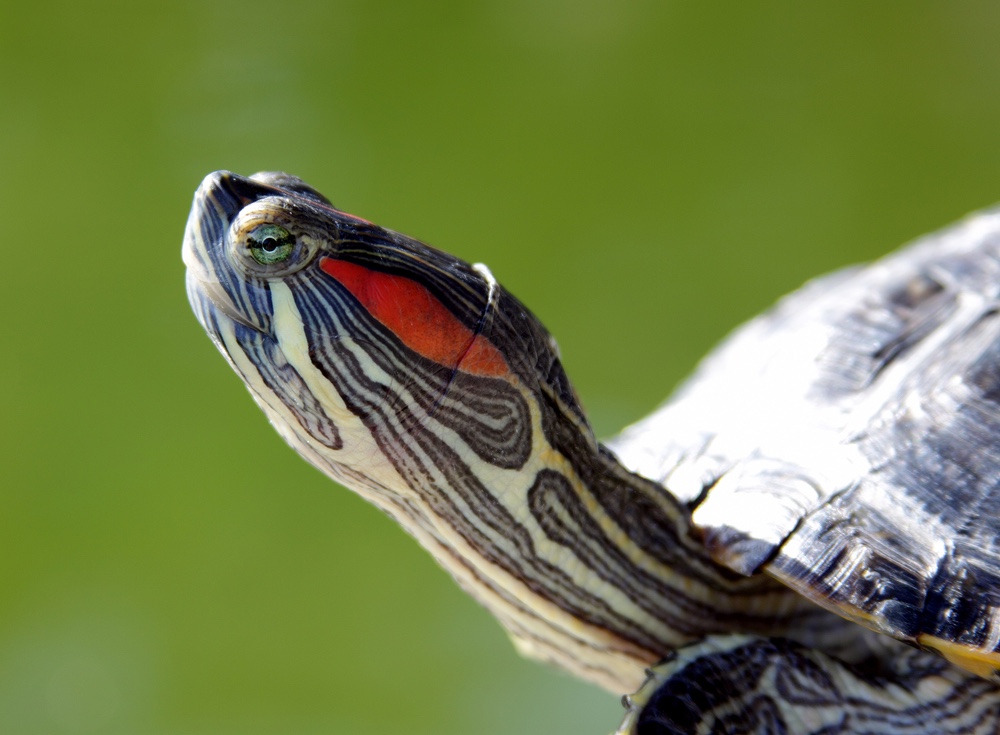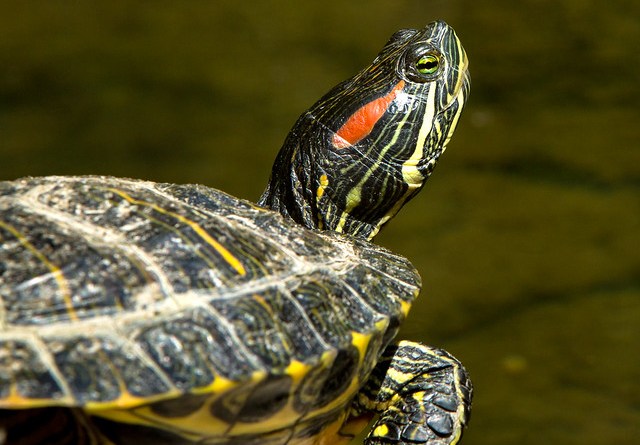Red-eared sliders may live up to 20 years, so they’re a long-term commitment. If you acquire one of these quarter-sized newborns, it may seem simple at first, but they will need a large tank and continuous attention as they develop. It’s more than simply a bowl with some water and a rock in it. Red-eared sliders and other aquatic turtles will need specific lighting, animal and plant-based diets, and ongoing cleaning and upkeep.
Examine what you need before purchasing a turtle, and your new pet slider will be grateful.
Keeping Red Eared Sliders
Many individuals believe that red-eared sliders take less effort than they really do. They also grow considerably bigger and need much more space than pet shops and other sellers typically suggest. You’ll want to make sure your red-eared slider has a big tank, specific reptile lighting, and proper food, to name a few things.

Choosing a Healthy Red Eared Slider
There are a few things to look for before taking a red-eared slider home to ensure that you are bringing home a healthy turtle. Find out where to acquire a red-eared slider (including how to potentially rescue one) and how to determine if your turtle is healthy.
Examine their eyes, shell, swimming style, and whether or not they seem to be extremely active. There are a few important indications that may help you figure out whether a red-eared slider is healthy or not.
Housing Your Red-Eared Slider
Small aquariums are OK for baby turtles, but as they get older, red-eared sliders will need a tank that holds at least 100 gallons of water. To satisfy the spacious needs of their red eared sliders, creative turtle owners employ a variety of innovative housing solutions, including pre-formed plastic pond liners to create houses more like indoor ponds. You may try bringing your turtle outside for at least part of the year if you have an outdoor pond and a securely fenced yard to keep predators away.
No matter where you keep your turtle, the water quality must be maintained, and you should offer both supplementary heat and UVB illumination. Setting everything up is the most difficult aspect, but once your tank or pond is up and running, upkeep isn’t too difficult.

Taking Care of Your Red-Eared Slider
Though the preferences of red eared sliders vary as they get older (moving to a more herbivorous diet), turtles of all ages should be given a broad range of both animal and plant-based foods. Commercial turtle pellets may serve as an excellent starting point for a diet, but they must be supplemented with a range of different foods.
You can do a few simple things to guarantee quick cleaning and a healthy turtle. Feeding your turtle outside of their habitat requires a little more effort at feeding time, but it will help you maintain the tank clean and the water quality excellent in the long term (which is best for your turtle to avoid ear infections, shell problems, etc.). Also, to avoid obesity and excessive waste, don’t overfeed your turtle.
Behaviour of the Red-Eared Slider
Understanding normal red-eared slider behaviour can help you provide optimal care for your turtle, whether it’s ensuring that red-eared sliders are free to perform behaviours that are necessary for their well-being (such as basking and swimming) or simply trying to figure out what your turtle is doing. Claw fluttering and a refusal to bask outside of the water are only two signs that your turtle is attempting to communicate with you.

Health Issues of the Red-Eared Slider
When it comes to health issues in red eared sliders, improper environmental conditions and nutrition are two of the most frequent causes. Many reptiles, including red eared sliders, suffer from diseases including metabolic bone disease (MBD) and vitamin A insufficiency.
Red Eared Sliders Reproduction
Until they reach sexual maturity, red-eared sliders are difficult to sex. Adult male turtles have lengthy tails and front claws, while adult female turtles have small front claws and tails.
Some individuals aren’t aware they have a female until she begins to lay eggs (females will lay infertile eggs without a male present). It is not advised to breed red eared sliders casually, but it is necessary to offer a nesting place for egg-laying females. Although they will drop them in the water, red-eared sliders prefer not to deposit their eggs this way. If a female does not have a nest, she will keep her eggs rather than dropping them in water, and she will become egg bound (a serious problem).

Salmonella and Red Eared Sliders
The media will sometimes report on the dangers of salmonella from pet turtles (and sometimes the warnings sound scary). Salmonella concerns from pet turtles, on the other hand, are nothing new and maybe readily handled. Salmonella is carried by a variety of pets (including all reptiles, amphibians, hedgehogs, and others), however, most humans need not be concerned about acquiring the bacterium. All it takes is a simple hand wash to significantly decrease your chances of being sick.


















